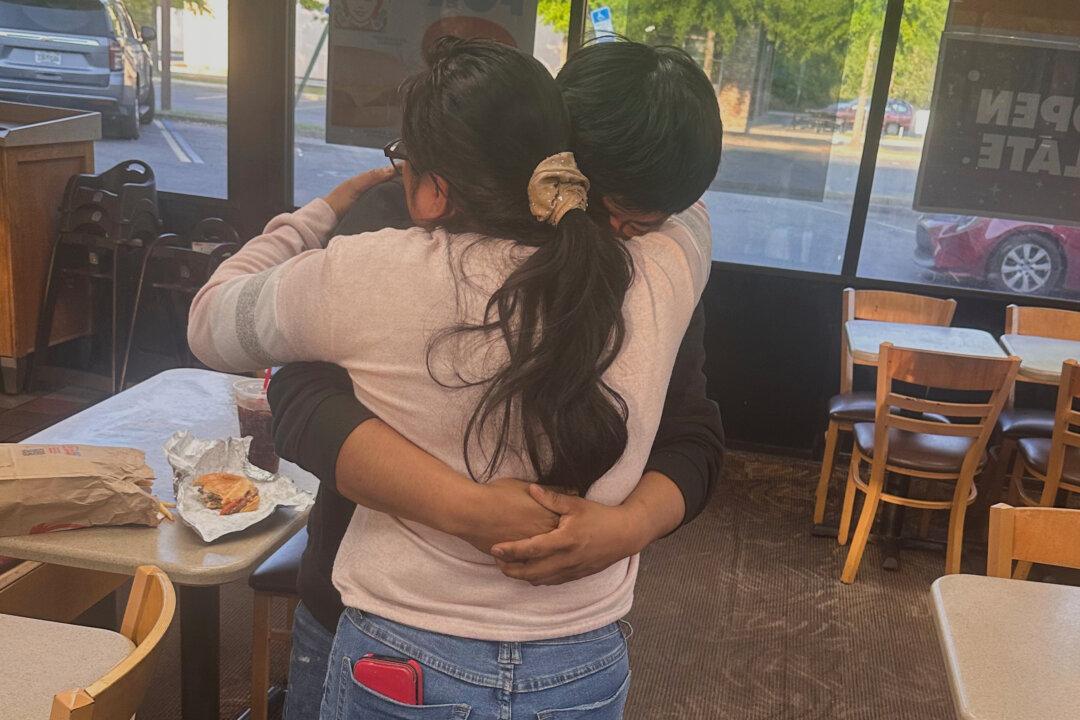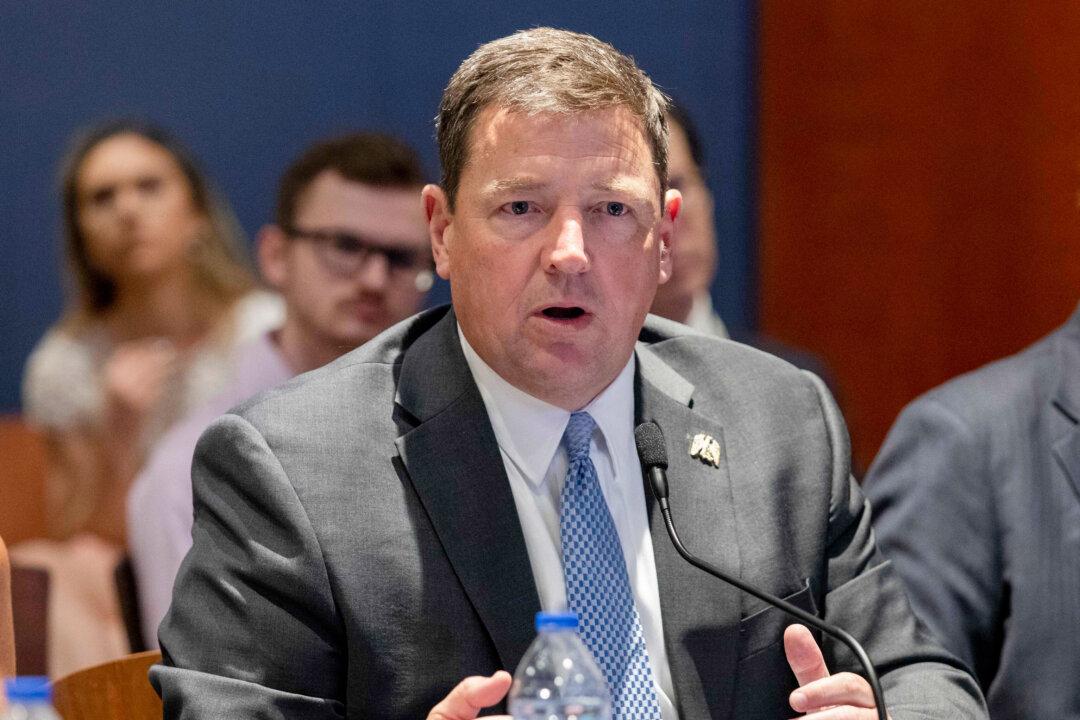All beaches in Hawaii were closed as part of a wave of stricter social distancing requirements amid the COVID-19 pandemic.
“It became clear that many people are continuing to access beaches, waters, and trails for social and recreational activities without proper social distancing during the COVID-19 crisis. Such activity contributes to the risk of spread of coronavirus across the state,” Hawaii’s Department of Land and Natural Resources (DLNR) said in a statement.
Under Hawaii’s new rules, all beaches are closed. People cannot sit on beaches nor stand on them, lie down, sunbathe, or loiter. People can still walk on beaches but only if they’re moving to or from the ocean, which they can use for surfing, swimming, and other forms of water-based exercise.
DLNR officers kept seeing large groups of people gathering on beaches in violation of social distancing rules, the agency’s Chair Suzanne Case said.

“Social distancing requirements are necessary for all of us to practice until COVID-19 is brought under control here in Hawaii, the Fifth Supplementary Proclamation does include exceptions which will allow people to still get outside and enjoy nature,” she said in a statement.
Other aspects of the stricter requirements include: no more than two people are allowed on any boat in Hawaii’s water for recreational purposes unless they live together; both people on boats are required to stay at least 6 feet from one another “as is reasonably possible;” all boats are mandated to not get within less than 20 feet of one another; group hiking on state trails isn’t allowed apart from family units or people sharing the same address; and if people want to hike alone but want to have another person nearby for safety, they must maintain a distance of no less than 20 feet from one another.
Likewise, no groups of two or more can fish unless they’re in the same family or living at the same address.
People violating emergency rules could see fines of up to $5,000 and up to one year in jail.

Hawaii last month began blocking cruise ship passengers from disembarking and quarantining anyone entering the state. Ige issued a stay-at-home order around the time the state reported its first death from COVID-19. “The threat of COVID-19 is unprecedented and it requires even more aggressive actions,” Ige said at a press conference announcing the mandate.
The original order included more exceptions than similar orders issued by other governors but recent orders have included stricter provisions, including the latest.
A fourth supplementary order that went into effect on April 1 mandated self-quarantine for all people traveling between any island in Hawaii.
The fifth supplementary order includes a moratorium on evictions and more stringent requirements for “essential businesses” that are allowed to stay open.
Hawaii has 553 confirmed COVID-19 cases, one of the lowest case counts among U.S. states. Most are in Honolulu County.
Forty-eight patients required hospital care and nine patients have died.
Nearly 400 have recovered.





